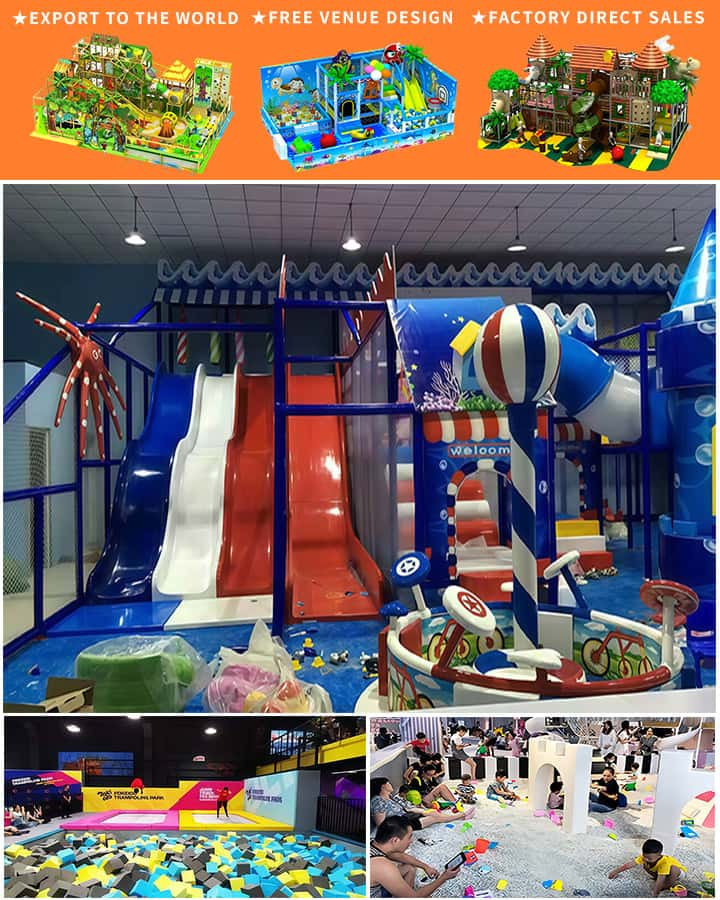Finding an indoor play area suitable for 3-year-olds can transform a simple outing into a memorable experience filled with joy and developmental benefits. Three-year-olds are at a critical age where their physical, social, and cognitive skills are rapidly developing, making the choice of a well-designed indoor play area essential. Here’s a guide to help you discover what makes an indoor play area ideal for your little one.
Safety First
Safety is paramount when it comes to indoor play areas for toddlers. Reliable indoor play spaces prioritize soft flooring materials like rubber mats or foam, which cushion falls and prevent injuries. Additionally, they ensure that all equipment is age-appropriate and regularly inspected to eliminate any hazards such as sharp edges, choking hazards, or unstable structures. Always check the safety standards and certifications before visiting.
Engaging Activities
An ideal indoor play area offers a variety of activities tailored to the interests and developmental stages of 3-year-olds. Look for spaces featuring:
- Interactive Toys: Items that encourage interaction, such as shape sorters, building blocks, and musical instruments, promote fine motor skills and hand-eye coordination.
- Climbing Structures: Safe climbing walls and slides provide opportunities for gross motor skill development while offering fun and excitement.
- Role-Play Areas: Small kitchens, market stalls, and doctor’s offices allow children to explore different roles, enhancing their imagination and social interaction skills.

Educational Opportunities
Incorporating educational elements within play can significantly benefit a child’s learning process. Many modern indoor play areas include:
- Sensory Play: Activities such as water tables, sand pits, and sensory walls stimulate curiosity and help develop sensory perception.
- Art Stations: Drawing boards, easels, and craft corners foster creativity and fine motor skills.
- Puzzle Walls and Games: These engage young minds in problem-solving tasks, promoting cognitive development.
Social Interaction Spaces
Three-year-olds thrive on social engagement with peers. A well-organized indoor play area should have designated zones for cooperative play, encouraging teamwork and communication skills. Group activities like ball pits, group games, and interactive storytelling sessions help children learn about sharing, empathy, and cooperation.
Comfort and Convenience
Parents need a comfortable space to relax while keeping an eye on their children. Excellent indoor play areas offer:
- Comfortable Seating: Padded chairs, benches, and parent lounges make it easier for parents to stay longer without fatigue.
- Cafeterias and Vending Options: On-site cafes or snack bars provide nutritious meals and snacks, ensuring that both kids and parents remain energized throughout their visit.
- Clean Restrooms: Well-maintained restrooms with changing facilities for babies and toddlers add to the convenience.
Additional Amenities
Some top-notch indoor play areas go the extra mile by providing unique features:
- Themed Play Areas: Different themed rooms (e.g., pirate ships, fairy tale castles) create immersive experiences that spark imaginative play.
- Party Packages: Facilities that offer party planning services, complete with decorations, food options, and supervision, make it easy to celebrate special occasions.
- Educational Programs: Workshops and classes focusing on early childhood education and skill development can be valuable additions.
Conclusion
Choosing the perfect indoor play area involves considering a balance of safety, engaging activities, educational value, and parental comfort. By selecting a well-rounded venue, you provide your 3-year-old with a nurturing environment that supports their growth and ensures endless fun. So next time you’re looking for a place to bring your little one, keep these key elements in mind to find the ultimate indoor play destination.




